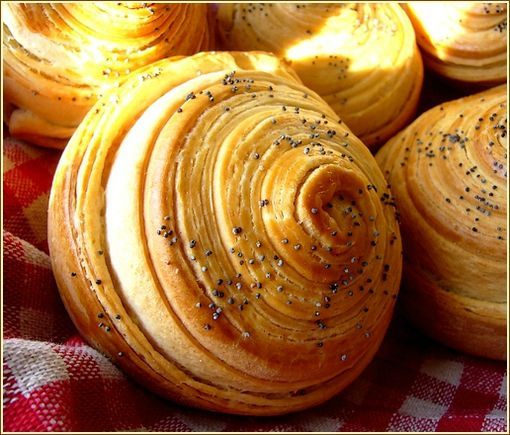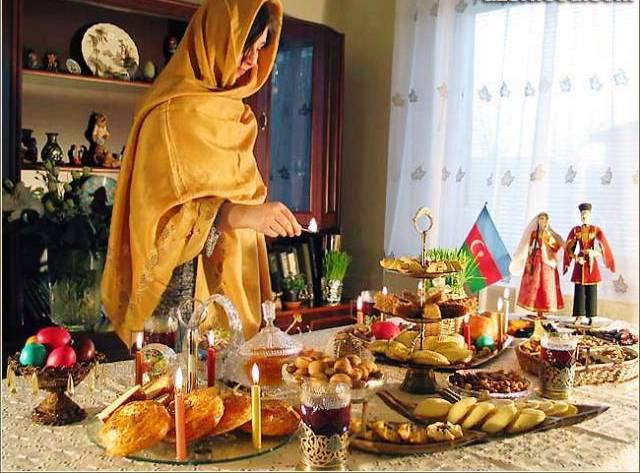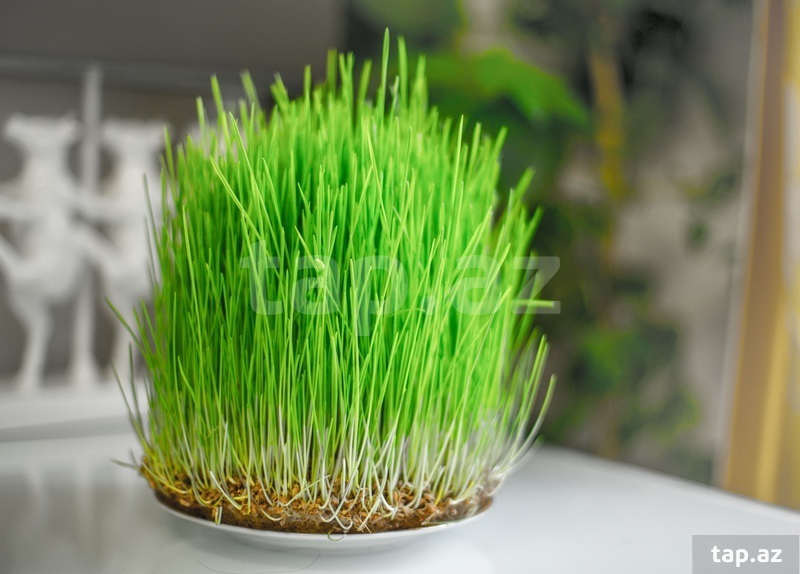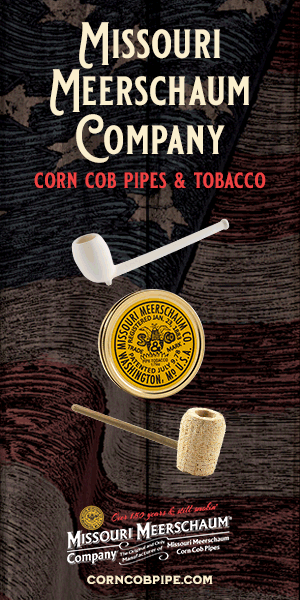Yep, you read it right, Novruz is a traditional holiday in Azerbaijan (and in nearby countries). It has been celebrated for over 3,000 years in Western Asia, Central Asia, the Caucasus, the Black Sea Basin and the Balkans. Nowruz is the day of the vernal equinox, and marks the beginning of spring in the Northern Hemisphere. It usually occurs on March 21 or the previous/following day, depending on where it is observed. Here is some information taken from Wikipedia enriched with some pictures taken from the internet:
Usually preparation for Novruz

begins a month prior to the festival. Each of forthcoming 4 weeks is devoted to one of the four elements and called accordingly in Azerbaijan. Each Tuesday people celebrate the day of one of the four elements - water, fire, earth and wind. People do house cleaning, plant trees, make new dresses, paint eggs

make national pastries such as shekerbura

pakhlava

shorgoghal

and a great variety of national cuisine.

As a tribute to pre-Islamic Zoroastrian beliefs, every Tuesday during four weeks before the holiday kids jump over small bonfires

and candles are lit.

On the holiday eve the graves of relatives are visited and tended. The decoration of the festive table is khoncha, a big silver or copper tray

with Samani

green shoots from wheat seeds placed in the centre and candles and dyed eggs by the number of family members around it. The table should be set, at least, with seven dishes.

Happy Novruz Everyone!!!
Usually preparation for Novruz

begins a month prior to the festival. Each of forthcoming 4 weeks is devoted to one of the four elements and called accordingly in Azerbaijan. Each Tuesday people celebrate the day of one of the four elements - water, fire, earth and wind. People do house cleaning, plant trees, make new dresses, paint eggs

make national pastries such as shekerbura

pakhlava

shorgoghal

and a great variety of national cuisine.

As a tribute to pre-Islamic Zoroastrian beliefs, every Tuesday during four weeks before the holiday kids jump over small bonfires

and candles are lit.

On the holiday eve the graves of relatives are visited and tended. The decoration of the festive table is khoncha, a big silver or copper tray

with Samani

green shoots from wheat seeds placed in the centre and candles and dyed eggs by the number of family members around it. The table should be set, at least, with seven dishes.

Happy Novruz Everyone!!!









 :
: